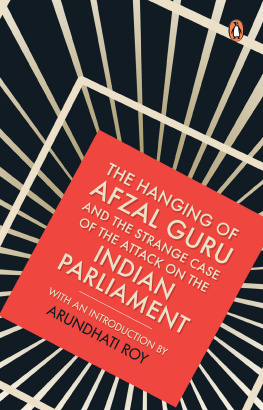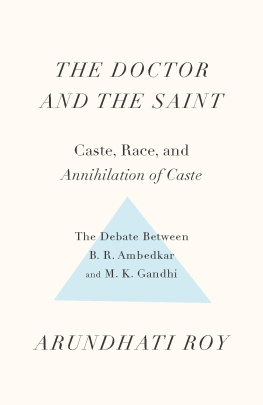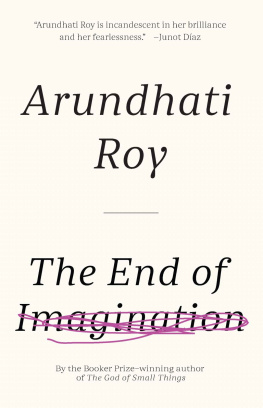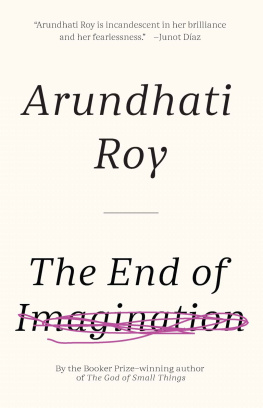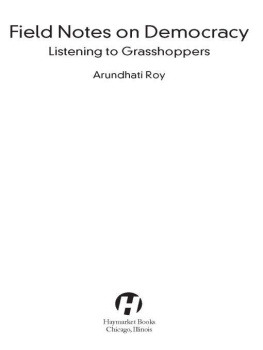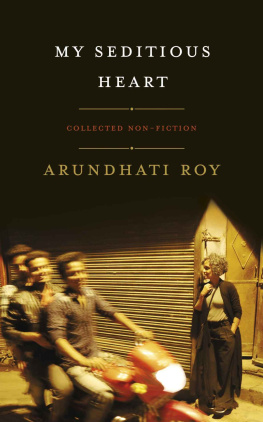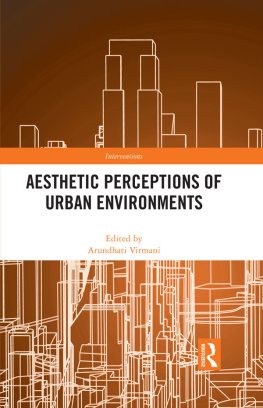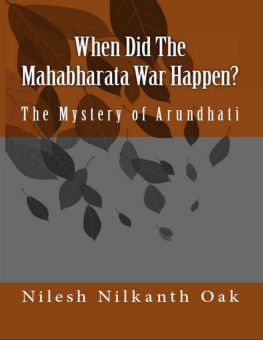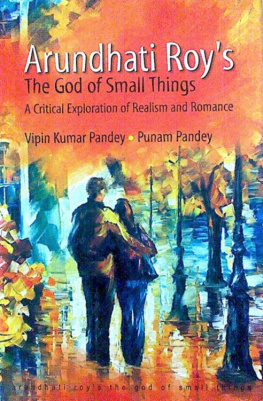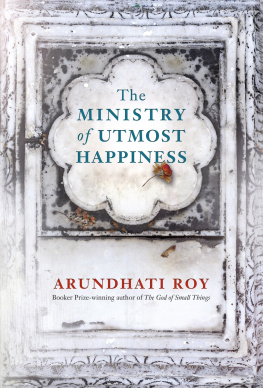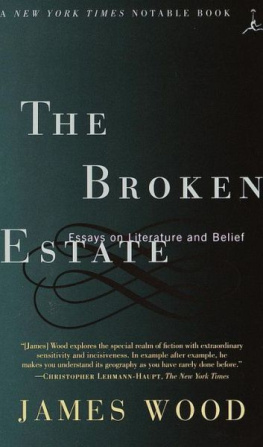Arundhati Roy - Broken Republic: Three Essays
Here you can read online Arundhati Roy - Broken Republic: Three Essays full text of the book (entire story) in english for free. Download pdf and epub, get meaning, cover and reviews about this ebook. publisher: Penguin Books Ltd, genre: Politics. Description of the work, (preface) as well as reviews are available. Best literature library LitArk.com created for fans of good reading and offers a wide selection of genres:
Romance novel
Science fiction
Adventure
Detective
Science
History
Home and family
Prose
Art
Politics
Computer
Non-fiction
Religion
Business
Children
Humor
Choose a favorite category and find really read worthwhile books. Enjoy immersion in the world of imagination, feel the emotions of the characters or learn something new for yourself, make an fascinating discovery.
- Book:Broken Republic: Three Essays
- Author:
- Publisher:Penguin Books Ltd
- Genre:
- Rating:5 / 5
- Favourites:Add to favourites
- Your mark:
- 100
- 1
- 2
- 3
- 4
- 5
Broken Republic: Three Essays: summary, description and annotation
We offer to read an annotation, description, summary or preface (depends on what the author of the book "Broken Republic: Three Essays" wrote himself). If you haven't found the necessary information about the book — write in the comments, we will try to find it.
Broken Republic: Three Essays — read online for free the complete book (whole text) full work
Below is the text of the book, divided by pages. System saving the place of the last page read, allows you to conveniently read the book "Broken Republic: Three Essays" online for free, without having to search again every time where you left off. Put a bookmark, and you can go to the page where you finished reading at any time.
Font size:
Interval:
Bookmark:
THREE ESSAYS
HAMISH HAMILTON
Published by the Penguin Group
Penguin Books Ltd, 80 Strand, London WC2R 0RL, England
Penguin Group (USA) Inc., 375 Hudson Street, New York, New York 10014, USA
Penguin Group (Canada), 90 Eglinton Avenue East, Suite 700, Toronto, Ontario,Canada M4P 2Y3
(a division of Pearson Penguin Canada Inc.)
Penguin Ireland, 25 St Stephens Green, Dublin 2, Ireland (a division of Penguin Books Ltd)
Penguin Group (Australia), 250 Camberwell Road, Camberwell, Victoria 3124, Australia (a division of Pearson Australia Group Pty Ltd)
Penguin Books India Pvt Ltd, 11 Community Centre, Panchsheel Park, New Delhi 110 017, India
Penguin Group (NZ), 67 Apollo Drive, Rosedale, Auckland 0632, New Zealand
(a division of Pearson New Zealand Ltd)
Penguin Books (South Africa) (Pty) Ltd, 24 Sturdee Avenue, Rosebank, Johannesburg 2196, South Africa
Penguin Books Ltd, Registered Offices: 80 Strand, London WC2R 0RL, England
www.penguin.com
First published in Hamish Hamilton by Penguin Books India 2011
Text and photographs copyright Arundhati Roy, 2011
Book design by Bena Sareen
These essays have previously appeared in Outlook
Cover illustrations by echo3005 (front) and LHF graphics (back). Used under licence from Shutterstock.com
The moral right of the author has been asserted
All rights reserved
Without limiting the rights under copyright reserved above, no part of this publication may be reproduced, stored in or introduced into a retrieval system, or transmitted, in any form or by any means (electronic, mechanical, photocopying, recording or otherwise), without the prior written permission of both the copyright owner and the above publisher of this book
ISBN: 978-0-14-197284-8
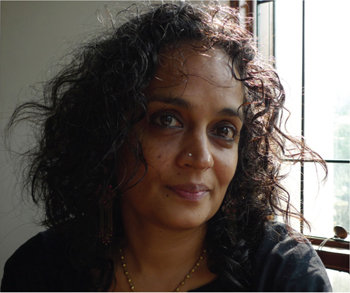
Sanjay Kak
Arundhati Roy is the author of The God of Small Things (1997) and three volumes of nonfiction writing: The Algebra of Infinite Justice (2001), An Ordinary Persons Guide to Empire (2005) and Listening to Grasshoppers (2009). The Shape of the Beast, a collection of her interviews, was published in 2008.
Arundhati Roy lives in New Delhi.
Your blood asks, how were the wealthy
And the law interwoven? With what
sulfurous iron fabric? How did the
poor keep falling into the tribunals?
PABLO NERUDA , The Judges
The Minister says that for Indias sake, people should leave their villages and move to the cities. Hes a Harvard man. He wants speed. And numbers. Five hundred million migrants, he thinks, would make a good business model.
Not everybody likes the idea of their cities filling up with the poor. A judge in Mumbai called slum dwellers pickpockets of urban land. Another said, while ordering the bulldozing of unauthorized colonies, that people who couldnt afford it shouldnt live in cities.
When those who had been evicted went back to where they came from, they found their villages had disappeared under great dams and quarries. Their homes were occupied by hunger, and policemen. The forests were filling up with armed guerrillas. War had migrated too. From the edges of India, in Kashmir, Manipur, Nagaland, to its heart. So the people returned to the crowded city streets and pavements. They crammed into hovels on dusty construction sites, wondering which corner of this huge country was meant for them.
The Minister said that migrants to cities were mostly criminals and carried a kind of behaviour which is unacceptable to modern cities. The middle class admired him for his forthrightness, for having the courage to call a spade a spade. The Minister said he would set up more police stations, recruit more policemen and put more police vehicles on the road to improve law and order.
To make Delhi a world-class city for the 2010 Commonwealth Games, laws were passed that made the poor vanish, like laundry stains. Street vendors disappeared, rickshaw pullers lost their licences, small shops and businesses were shut down. Beggars were rounded up, tried by mobile magistrates in mobile courts and dropped outside the city limits. The slums that remained were screened off, with vinyl billboards that said DELHIciously Yours.
New kinds of policemen patrolled the streets, better armed, better dressed and trained not to scratch their privates in public, no matter how grave the provocation. There were cameras everywhere, recording everything.
~
Two young criminals carrying a kind of behaviour which was unacceptable to modern cities escaped the police dragnet, and approached a woman sandwiched between her sunglasses and the leather seats of her shiny car at a traffic crossing. Shamelessly they demanded money. The woman was rich and kind. The criminals heads were no higher than her car window. Their names were Rukmini and Kamli. Or maybe Mehrunissa and Shahbano. (Who cares?) The woman gave them money and some motherly advice. Ten rupees to Kamli (or Shahbano). Share it, she told them, and sped away when the lights changed.
Rukmini and Kamli (or Mehrunissa and Shahbano) tore into each other like gladiators, like lifers in a prison yard. Each sleek car that flashed past them, and almost crushed them, carried the reflection of their battle, their fight to the finish, on its shining door.
Eventually both girls disappeared without a trace, like thousands of children do in Delhi.
The Games were a success.
~
Two months later, on the sixty-second anniversary of India becoming a Republic, the armed forces showcased their new weapons at the Republic Day parade. Russian multi-barrel rocket launchers, combat aircraft, light helicopters and underwater weapons for the navy. The new T-90 battle tank was called Bhishma. (The older one was Arjun.) Varunastra was the name of the latest heavyweight torpedo, and Mareech was a decoy system to seduce incoming torpedoes. (Hanuman and Vajra are the names painted on the armoured vehicles that patrol Kashmirs frozen streets.) That the names were drawn from Hindu epics was just a coincidence. If India is a Hindu nation, its only an accident.
Dare Devils from the Armys Corps of Signals rode motorcycles in a rocket formation. Then they formed a cluster of flying birds and finally a human pyramid.
Overhead Sukhoi fighter jets made a trishul, a trident in the sky. Each jet cost more than a billion rupees. Four billion then, for Shivas Trident.
The thrilled crowd turned its face up to the weak, winter sun and applauded. High in the sky, the winking silver sides of the jets carried the reflection of Rukminis and Kamlis (or Mehrunissas and Shahbanos) fight to the death.
The army band played the national anthem. The President drew the pallu of her sari over her head and took the salute.
February 2011
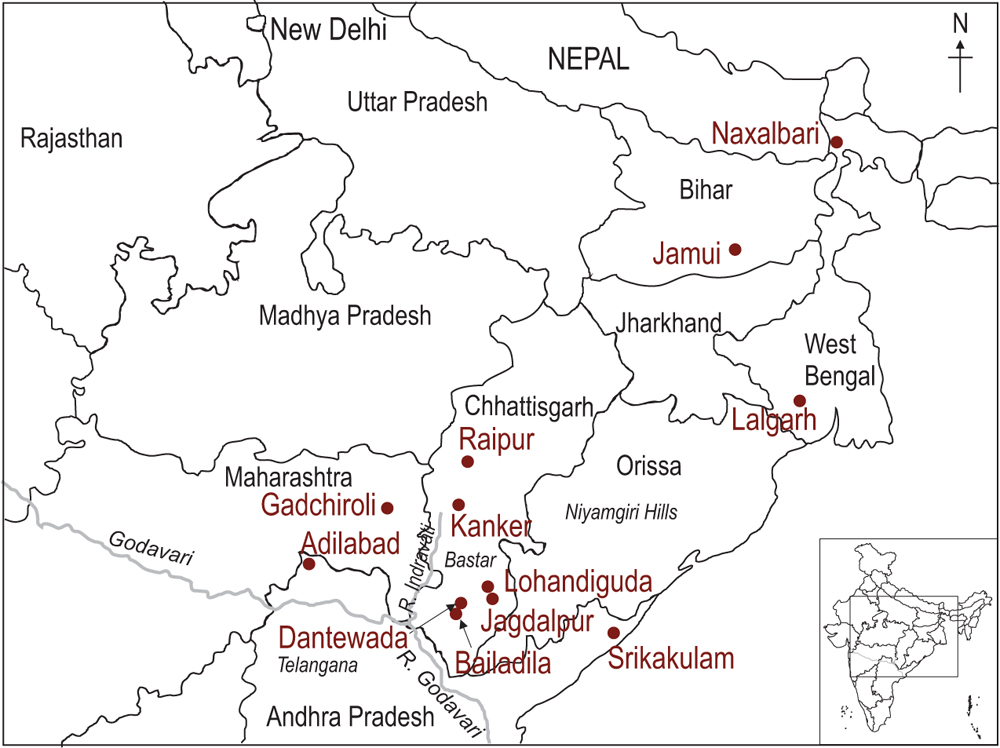

Photographs by
Sanjay Kak and Arundhati Roy
The low, flat-topped hills of south Orissa have been home to the Dongria Kondh long before there was a country called India or a state called Orissa. The hills watched over the Kondh. The Kondh watched over the hills and worshipped them as living deities. Now these hills have been sold for the bauxite they contain. For the Kondh its as though god has been sold. They ask how much god would go for if the god were Ram or Allah or Jesus Christ.
Font size:
Interval:
Bookmark:
Similar books «Broken Republic: Three Essays»
Look at similar books to Broken Republic: Three Essays. We have selected literature similar in name and meaning in the hope of providing readers with more options to find new, interesting, not yet read works.
Discussion, reviews of the book Broken Republic: Three Essays and just readers' own opinions. Leave your comments, write what you think about the work, its meaning or the main characters. Specify what exactly you liked and what you didn't like, and why you think so.


